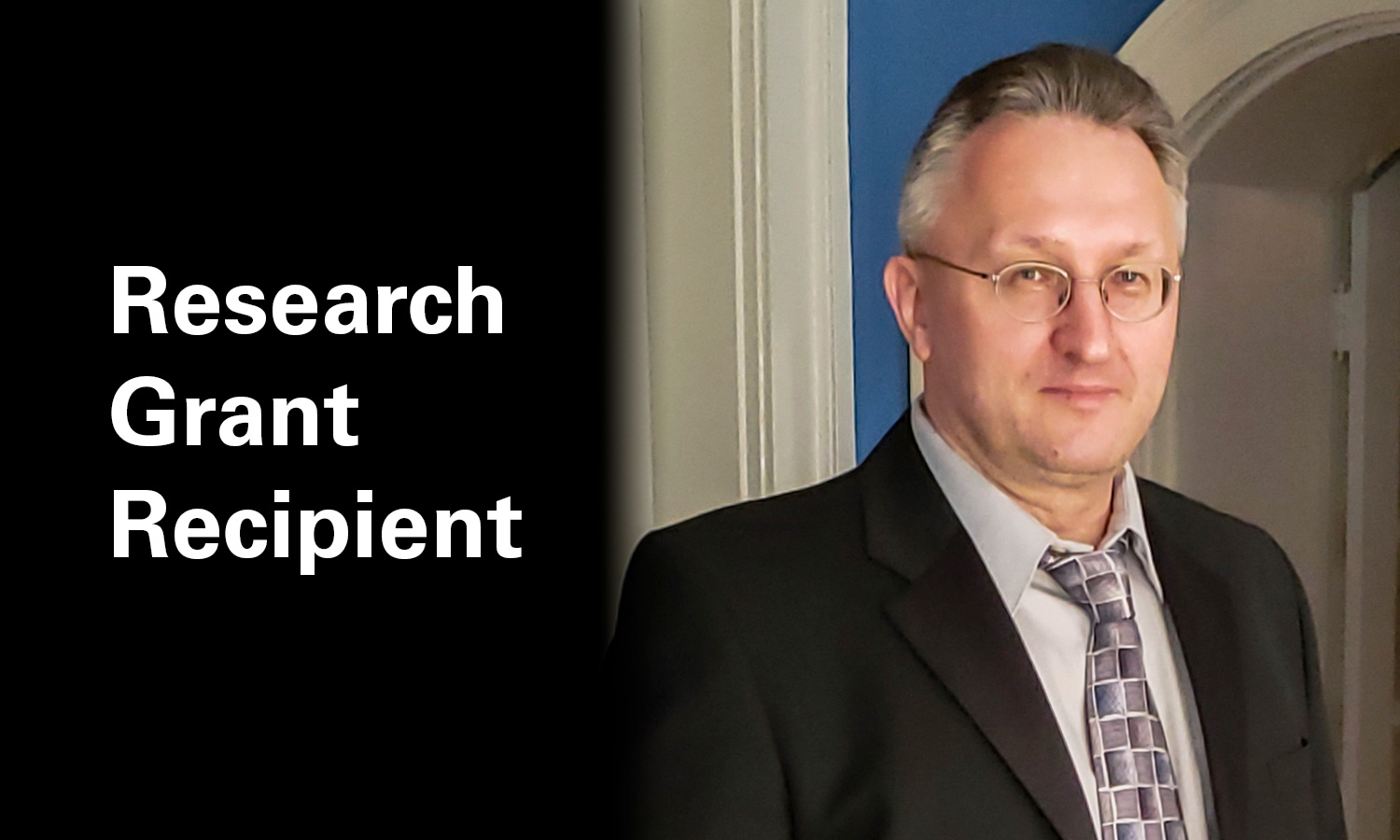Gennady Miloshevsky, Ph.D., is VCU’s principal investigator on a grant from the Defense Threat Reduction Agency (DTRA) to 18 major research institutions working to better understand the behavior of materials in extreme conditions caused by weapons of mass destruction (WMD).
DRTA, an agency of the U.S. Department of Defense (DoD), announced the five-year, nearly $30 million collaborative award May 19. The research alliance is led by Johns Hopkins University.
The alliance is working to improve the ability to predict decomposition mechanisms of materials in harsh WMD-related environments in order to control future interactions between materials and WMDs.
Miloshevsky, an associate professor in VCU’s Department of Mechanical and Nuclear Engineering, is an expert in computational physics with a focus on materials and radiation shielding. Under this grant, he will conduct computational research on the behavior of satellite materials in WMDs outside Earth’s atmosphere, where they are exposed to extreme temperatures, ultra-high pressure and other conditions that can cause exo-atmospheric nuclear detonation.
When these detonations occur, Miloshevsky said, most of the energy is released in the form of X-ray radiation. X-ray radiation has a short penetration depth in most materials and is highly damaging to the surface layers of satellites, solar panels and other systems.
With the cessation of nuclear testing, computational modeling is the mechanism of choice to investigate the behavior of materials and assure performance of DoD systems. Miloshevsky’s lab is researching computational factors and material properties and conditions that can compromise the accuracy of these highly sensitive models.
Of particular interest are properties of materials in warm dense matter, a material state that has the same density as a solid, but is heated up to 10,000 degrees Celsius and is common in nuclear explosions.
Miloshevsky is also modeling photon-material interactions to better understand what happens when surface and near-surface materials encounter high-intensity X-ray pulses, which are associated with exo-atmospheric explosions.
DoD investigations into the behavior of materials in specific systems are classified, so Miloshevsky and the rest of the research alliance are producing fundamental research that the agency can apply to its classified projects.
DoD workforce development is another key goal of this grant, so students will also be trained in Miloshevsky’s lab. They will work with the project’s data partners as well as DoD representatives and have opportunities to do rotations in national laboratories such as the Pacific Northwest National Lab.
“I am looking forward to the exciting research, and to the many opportunities for student exchange and training at national labs and DoD institutions,” Miloshevsky said.
